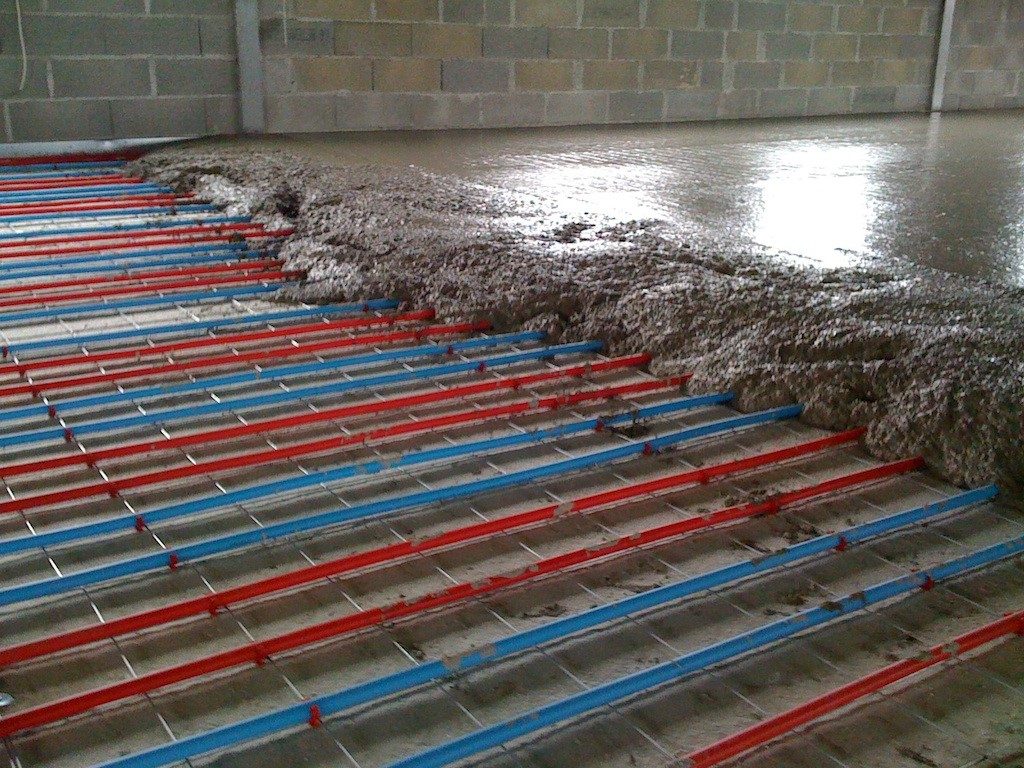
Installing underfloor heating is something you can do yourself. Many people have done so successfully but what should you be wary of?
Installing Underfloor Heating
If you are thinking of installing underfloor heating, you will be joining the growing numbers of property owners enjoying warm floors and improved efficiency. Better still, you can save more of your hard-earned cash by opting to self- fit the majority of the system.
A simple system, there are a few do’s and don’ts to ensure successful installation.
DO
- Make sure you order the right kit. Complete kits should arrive with everything needed, from WRAS approved piping to a special reaming tool to help connect piping to outlets.
- Double check you have ordered the right sized kit. Just as important is making sure you get the right sized kit because if you don’t have enough piping to create the right number of loops across the floor area, you will have cold spots and a poorly heated room.
- Check the suitability of your chosen floor finish. And preferably do this before you lay it on top of the underfloor heating system. This type of heat radiates from the piping and through the floor. The more efficient the flooring is at capturing and using this heat the better. But it also needs to let the heat through hence some carpets are too well insulating and stop the heat radiating into the room.
Which Floor Finishes Are Suitable?
Great flooring solutions for underfloor heating including concrete flooring, wood, laminate, some vinyl s and some low-TOG rated carpets. Check with the manufacturer first that your preferred flooring is compatible with underfloor heating.
- Check the level of technical support. Ordering the right kit is one thing but when you are in the throes of installing your new underfloor heating system, if you are unsure about anything or have a technical question, is there support from the supplier? The system is relatively simple to install and operate thus, the likelihood of you hitting a snag will be unusual.
- Add a smart thermostat. If it suits you! We can forget that the budget is not bottomless. So, when buying kits and components, we can feel pressured into buying something that we are not sure on. Smart thermostats do allow you to have more control of your underfloor heating system. But they can be added at a later date, so you can focus on installing your system.
- Get clued up before you start the installation process. Do your research and make sure you read our guide on how to install wet underfloor heating too!
DON’T…
- Skimp on quality. When it comes to choosing components or buying an all-in-one kit, make sure you look for quality in all the important components. Look for WRAS approved components.
What is WRAS?
WRAS – the Water Regulatory Advisory Scheme – is at the forefront of ensuring all water fittings and related services etc. are of the highest possible standard and fit for use. Look for WRAS approved plastic piping, for example, as part of your underfloor heating system kit.
- Estimate or guestimate. When it comes to installing a wet underfloor heating system, there will be a lot of measuring and cutting. Measure wrong and cut wrong and you will waste a lot of material. Make it a rule right from the start that you ‘measure twice and cut once’. The same goes for measuring the floor prior to order a kit. Make sure you have one that accommodates the size of your room.
- Rush. Any home renovation project is exciting and no doubt you cannot wait to install the underfloor system, get the floor laid, put the furniture back and enjoy the fact you will never have cold feet again but, if you rush you are likely to make mistakes which can be difficult and costly to rectify later.
- Floor insulation. Maximum efficiency is gained when the insulation of a property is in great shape, meeting all current guidelines. This includes floor insulation. Make sure you get this right as well as a neat sub-floor system of well-laid and evenly-laid pipe loops.
- Run it at too hot a temperature. Underfloor heating is meant to offer a gentler form of heat and so the temptation may be to turn up the temperature but for some floor finishes, anything above 27°c can be too hot.
Underfloor heating installation can be straightforward and simple if you know-how and take your time to get it right. Why not start with a small room?
